Vehicle route optimisation

Transport managers know all too well that wasted miles equals wasted money. Fuel prices have soared this past year and don’t show signs of significantly decreasing any time soon. Therefore, ensuring your transport operations are as efficient as possible has never been more essential.
Why autumn is a good time to change jobs

Fall is upon us. Days are conspicuously shorter. With summer over, before the madness of Christmas begins, autumn is an excellent time to consider your next career move.
Tips for a winning LinkedIn profile

LinkedIn is the world’s largest professional social network, with over 800 million members and almost 100 job applications submitted every second. Your LinkedIn profile page is the foundation of your personal branding, and the potential impact of utilising the platform could bring you an abundance of professional opportunities.
Careers advice for school leavers

When you leave school, whether you’re 16 or 18, you’re faced with various options regarding your next step. Making decisions about your future can cause you to experience a range of emotions, from feeling excited about gaining more independence to feeling overwhelmed by too many options.
Top tips for warehouse workers

Warehouses are great places to work; they offer flexibility, career progression opportunities and job stability. However, roles in this sector can be a little overwhelming if you\’re new to the warehouse environment. So we\’ve put together some top tips that will come in handy if you\’re starting a new warehouse role.
Roles in retail

If you\’re considering taking up a new career within the retail industry, there are a variety of job roles that might be of interest to you. Retail businesses vary from small independent companies to international or global corporations, so the positions available within each business will vary depending on the size and scale of their […]
Social media and getting hired

Love it or loathe it, social media has become an intrinsic part of our daily lives and transformed how we communicate with each other, and it has also changed the world of recruitment and talent acquisition. Social media searches can provide employers with a deeper insight into a candidate they may not get from a […]
Five different warehouse roles and what they do

Warehouses are a vital part of the supply chain, and running a warehouse requires a strong, multifaceted workforce to keep everything operating smoothly. Each role has its own unique duties and responsibilities. So, if you\’re thinking about a career in a warehouse, we\’ve outlined a few roles which you’d typically find in this setting. […]
Interview Tips – Five ways to improve your interview performance

You’ve perfected your CV, applied for the role you wanted, and have now been offered a job interview. Congratulations! Now for the next step, preparing. But don’t worry, we’ve got you covered! Preparing for your interview is vital as you won’t get a second chance to make a great first impression. So, we’ve put together […]
The benefits of working with a recruitment agency

Job hunting can be an overwhelming process. You have to look for vacancies, apply for them, research the companies, tailor your CV to each role, and write cover letters too! All while meeting the demands of your current job, or if you’re unemployed, dealing with the obvious stress and financial anguish being out of work […]
